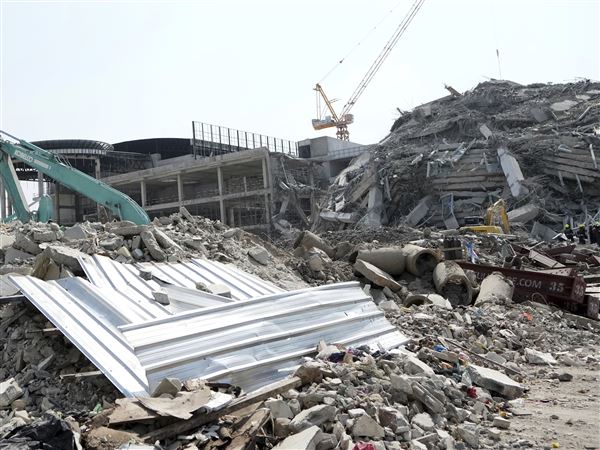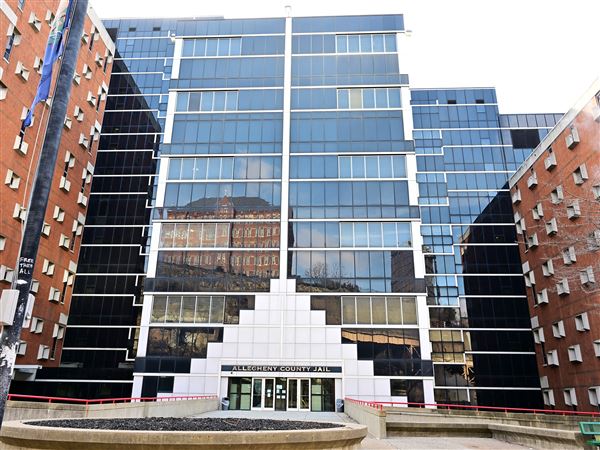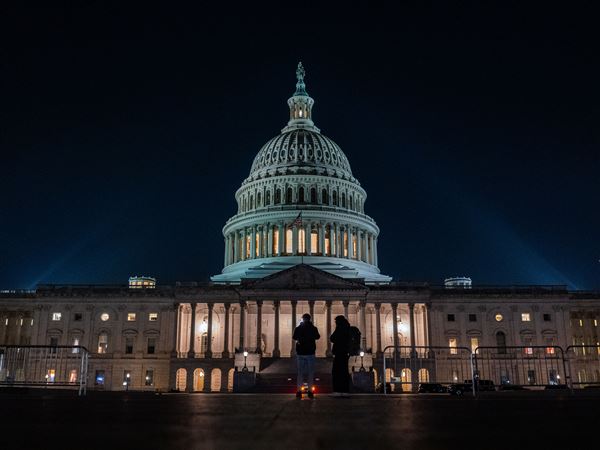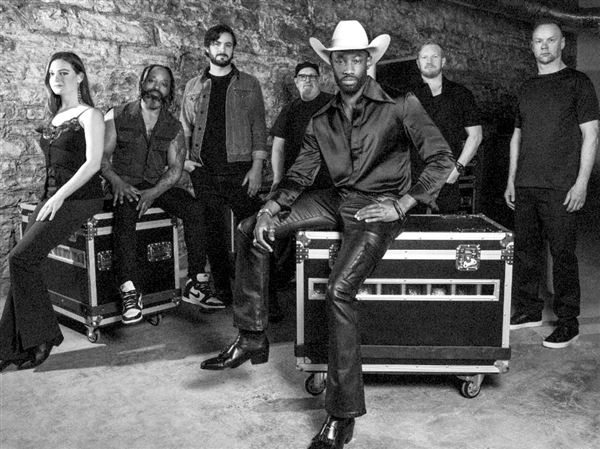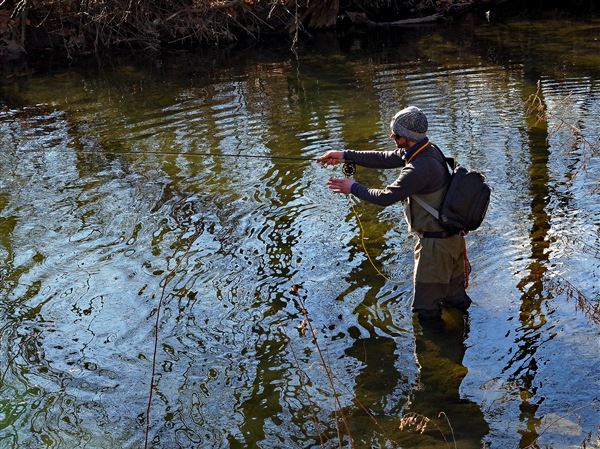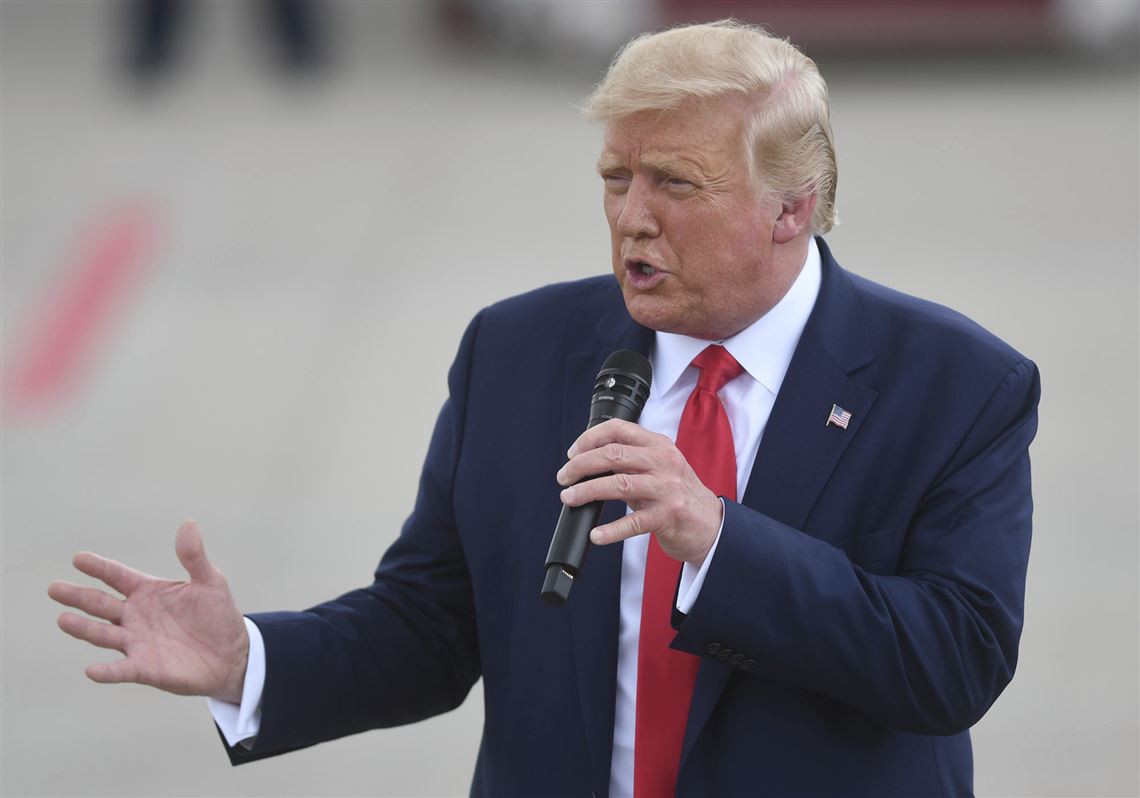Much has been made of Donald Trump’s support from white evangelicals in 2016, but a case can be made that his unlikely victory was anchored as much by his strong showing among white Catholic voters in the three Great Lakes states that were critical to his Electoral College majority. The Catholic vote this year may yet again be a key to the outcome of the presidential campaign.
In 2016, Mr. Trump won Pennsylvania, Michigan and Wisconsin — states with heavy concentrations of Catholic voters — by merely 107,000 votes combined. Although since the 1980s the U.S. national vote and the Catholic vote component have tracked very closely to each other in each election cycle, 2016 was an exception: Hillary Clinton handily won the national popular vote and Mr. Trump won the majority of Catholic voters. Exit polls had Mr. Trump holding a 52%-to-45% edge among Catholics.
Two critical things happened that helped Mr. Trump: his populist economic appeals to white working class voters in those key states, and the widely predicted “Latino surge” never materialized. Latino voting was slightly down and slightly less Democratic in 2016 than in 2012. To win this year, Democratic nominee Joe Biden has to hold down his losses among white Catholics, and he needs a strong turnout among the largely Catholic Latino population.
For these reasons, Catholics are often referred to as the “swing vote” in American politics. At nearly one-fourth of the voting population, they indeed yield much influence in national elections. For many years a reliable part of the old New Deal coalition that anchored the Democratic Party, since the 1980s the Catholic vote has splintered. The loosening of Democratic ties and the movement toward the GOP for many Catholics have largely been the result of two factors: economic success and the issue of abortion.
First, Catholics used to be composed largely of the immigrant underclass that moved to the inner cities, joined labor unions and voted Democratic. But as their children and grandchildren became better educated, achieved economic success and moved to the suburbs, these newer generations of voters started warming up to the GOP.
Second, beginning in the 1970s with the open embrace of abortion rights by the Democrats and the Supreme Court’s Roe v. Wade decision, many Catholics questioned whether the party any longer represented their values. Republican strategists targeted Northeastern and Midwestern Catholics along with Southern white evangelicals on so-called moral values.
Thus, Catholic identity, so important to the 1960 election of John F. Kennedy, has become less influential in determining the Catholic vote. Methodist George W. Bush, for example, won a majority of the Catholic vote in 2004 against a Catholic Democratic Party nominee and former seminary student, John Kerry. Mr. Bush’s improved margin among Catholics in Ohio from 2000 to 2004 was more than the margin of victory in that state, and thus arguably the determining factor in his re-election. Like Mr. Kerry, Mr. Biden cannot count on Catholic identity itself to deliver the Catholic vote.
As Catholics abandoned their Democratic Party loyalties, the fortunes of the GOP have soared. But there is some evidence that the Catholic vote is moving away from Mr. Trump, and that could potentially be his undoing. Recent data from Public Religion Research Institute show significant declining white Catholic favorability ratings for Mr. Trump. The immigration debate in particular has opened a fissure in the relationship between Mr. Trump and many Catholics. Perhaps many Catholics who achieved economic success and abandoned the inner cities do not think like their parents and grandparents, but they still remember how the earlier generations of Catholics came to America and thus may sympathize with the plights of immigrants today, especially Latinos.
Also, Mr. Trump’s anti-immigration campaign rhetoric translated into actual policies deeply offensive to many Latino voters who clearly have even stronger motivation than before to oppose him.
For the rest of this election cycle, we will hear often about the white evangelical vote as being critical to Mr. Trump’s possible re-election. Keep a close look too at the Catholic vote, especially in some of the critical Midwest and upper Midwest states with large concentrations of Catholic voters. White evangelicals and white Catholics coming together in 2016 elected Mr. Trump. We know the former will not abandon him, but we do not know about the latter.
Mark J. Rozell is dean of the Schar School of Policy and Government at George Mason University.
First Published: September 4, 2020, 4:00 a.m.

